 From Therapeutic to Performance
From Therapeutic to Performance
As executive coaching continues to expand, the field is shifting away from a therapeutic model to a greater emphasis on business performance, leadership, and communication.
Coaching has already changed significantly since it emerged barely 15 years ago. Coaches initially came from psychology or counseling, and their mission was to solve a problem with a rising manager, like an overly assertive management style or poor interpersonal skills. The subject of an intervention might suffered a stigma, so the coaching was done on a confidential basis, sometimes without even HR’s knowledge.
In the past decade or so, coaching has become increasingly professional and leadership development is now the largest market segment. But this is a very dynamic field, so let’s look at all the executive coaching types–the nature of the work they do, their origins, and future prospects.
7 Executive Coaching Types:
- Therapeutic Coaching–Those not familiar with the larger coaching field will probably conjure up the stereotypical image of a therapist behind a desk with a pad of paper, asking questions of the “patient” on the couch about how he or she felt when a specific incident occurred– plumbing the depths of childhood traumas perhaps. Therapeutic coaching doesn’t always take this form, of course, but it remains in great demand among individuals. Providing this form of nurture and support is losing ground among corporate buyers, though, in part because it’s perceived as personal coaching (not professional) and because so many professional coaching options have emerged in recent years. Research has shown that emotionally-grounded employees tend to have better morale, creativity, and productivity. As a result, the corporate world may be more inclined to embrace therapeutic coaching in the future.
- Life Coaching–This is a newer part of the coaching market, and does not have a significant corporate following either. The threshold for becoming a life coach is pretty low; anyone can become one, but many do attend a local or nationally recognized certification program that provides them with a template for assisting clients. People in this field are often very warm, caring people who have a strong desire to help their clients move to a better life. They can and often do have a powerful impact.
- Intervention Coaching–Once the only kind of business coaching, intervention was designed to help promising but problematic managers. This coaching segment has declined in recent years. As loyalty has left many firms in this country, the amount of time and resources that an employer is willing to spend to help a struggling employee is decreasing. In addition, research indicates that more effort should be put towards employees’ strengths rather than their weaknesses. When employees’ weaknesses are not a good fit, the organization is often more interested in moving them out of the firm than providing coaching.
- Career Coaching–Career-transition consultants work with individuals seeking a job or career change as well as those just promoted into a new role. These specialists help you determine what your passions are and then develop a road map to integrate those passions into your career life. Rather than farm their employees out to career counselors, some high-volume organizations have created a formulaic approach to career transition. In part due to these large organizations’ formulaic models, this segment of coaching is expected to plateau; it is currently dominated by career transition firms that were originally just doing outplacement work.
- Command Coaching–Although better understood not as “coaching” but “instructing,” command coaching will remain a steady specialization. Some people know themselves well enough that if they pay someone to keep them in line, they will stay in line. The entire fitness coaching model is built on this drill-sergeant concept–I want someone outside of myself to hold me accountable. This form of coaching is sometimes referred to as “directive coaching.”
- Time-Management Coaching–Organizational and strategic coaching was an early specialization and continues to enjoy a steady market. Time management and organizational skills are being taught in schools now (this wasn’t the case even 10 years ago), but that hasn’t depressed the demand significantly. Several large organizations dominate this market and have created really interesting, straight-forward approaches to helping people find the right model that works.
- Business Coaching–Business coaches usually work with business owners and CEOs, and, as result, can provide a high ROI. When owners and CEOs perform better, their organizations tend to improve as well. Business coaches are often viewed like consultants, but they are not paid to execute. They are paid to build the leader’s muscles and ask questions that others may be too afraid to ask about vision, mission, goals, and strategy. Despite growing demand, business coaching is still the smallest market segment.
This typology oversimplifies the complex coaching marketplace. Of course, there’s always overlap in mission and approach, and every coach tends to bring his or her own unique perspective and expertise. This blog post is meant to be a primer for those not familiar with how the coaching field has changed in the past 10-15 years. It’s a primer that most HR departments should be aware of when they’re about to bring in a coach, but sometimes aren’t. Feel free to share this post with members of your HR department.
More and more, individuals (not HR or employers) are initiating coaching searches. In fact, they account for roughly one third of coaching searches. If you were to seek out a coach, what type would you choose, and why?



